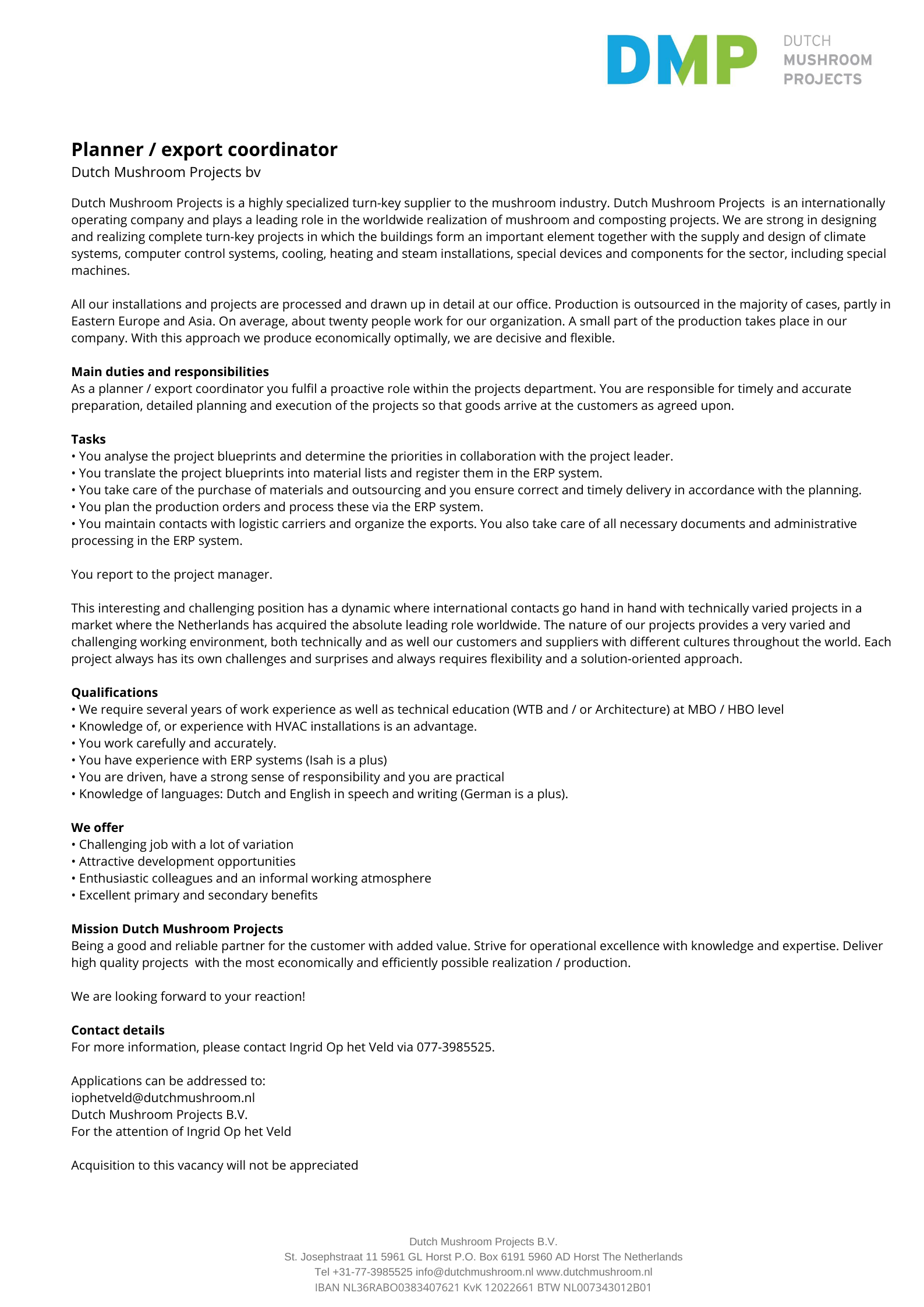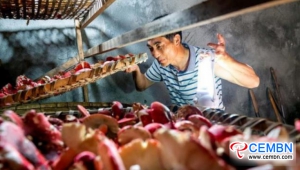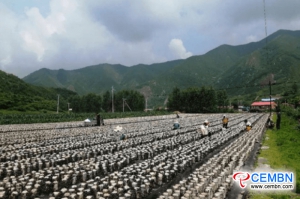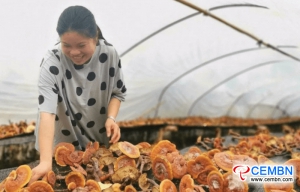
Mushroom Matter
Welcome on our platform. Why MUSHROOM MATTER? Because mushrooms play an important role in our lives as well in business. Our goal is to bring the world the very latest mushroom news with the upmost care to support the positioning of our beloved Mushroom.
On August 13, there is a harvest scene in Dongfeng Nature Mushroom Cooperative located in Datian County, Sanming City, Fujian Province of China, farmers are busy with picking, drying and marketing work of Russula mushroom.
“Sanming City is known as the main production area of Russula in Fujian Province, and Russula mushrooms are at big sales and high price. In 2020, Russula mushrooms cultivated in our cooperative reaches the high retail price of 4000 CNY per kg,” said chairman of Dongfeng Cooperative warmly, going on that the cooperative absorbs 136 members, depending on Russula mushroom cultivation, they can generate the per capita incomes of over 19,000 CNY.
Russula is a kind of rare medicinal mushroom which gains popularity in domestic and oversea markets for its attractive appearance, tender flavor, high nutrition value and other merits. In China, Russula Vinosa are widely distributed in Sichuan Province, Shanxi Province, Fujian Province, Yunnan Province and other major regions.
Wood ear cultivation means a prosperous industry
On August 4, in mushroom base located in Buyunshan Village, Zhuanghe City, Liaoning Province of China, Wood ear mushrooms are showing good growth trend, growers are busy with picking, sorting and drying work.
“Now, i cultivate Wood ear mushroom in 5-6 mu of area, each nutrient bag costs 2.5 CNY or so, and gains at least 1 CNY of net profits, plus with the government’s subsidy, we can harvest handsome benefits,” introduces Mr. Liu Chengfeng excitedly, adding that now, 1 million bags of Wood ear mushrooms cultivated in Buyunshan Village are in fruiting phase, and the time of picking is estimated to finish by October.
Dutch Mushroom Projects is looking for a Planner / Export Coordinator

For more details and job description in dutch, please click here
EuroMycel are experts in industrial microbiology applied to selecting and propagating mushroom mycelium cultures.
The French biotechnology laboratory, EuroMycel, is part of Bonduelle Group and benefits from its international reputation.
EuroMycel’s laboratory is also part of an 100% integrated industry with expertise throughout the mushroom production process, from start to finish. EuroMycel laboratory’s main focus is the selection and propagation of Agaricus mushroom strains and the creation of unique products.
In a rapidly changing mushroom world, EuroMycel are strong players and are holding their own, all thanks to their know-how. From the way they have managed to differentiate their breeding strategy, to the quality of their varieties through to their organisational flexibility.
The company has several different strains, but two of them are first class showpieces.
• First, the strain E21, developed for mechanised harvesting. It is the undisputed leader in sales, in France, and has rapidly gained popularity in The Netherlands and Belgium over the last 3 years.
• Second, and most promising, the strain E58 Premium, developed for the fresh market. It is the sales leader in Poland, and it has been very quickly adopted and mastered by Russian mushroom producers. Devoted to and customised for the fresh food market, its qualities include its ability to move towards larger, slower-growing mushrooms, and its keen water holding capacity. It is an accomplished and leading strain, ahead of the game.
Spawn connected with your success.
Sichuan Province: By growing Reishi mushrooms, 200,000 CNY of profits could be netted in 4 months
Now, in Wangyan Mushroom Base located in Sanfeng Town, Pengxi County, Sichuan Province of China, Reishi mushrooms are in desirable growth trend, farmers are busy with picking, airing and packing work with smiles hanging in the faces.
“This year, i input 400,000 CNY for the development of Reishi mushroom industry, to estimate by the present situation, 8 tons of dried Reishi mushrooms could be processed, the expected incomes could total 600,000 CNY, after getting rid of costs, 200,000 CNY of net profits could be netted,” introduces Ms. Wang Yan, person in charge of the base warmly, going on that next step, she plans to launch into deep processing industry and bring about a series of products such as Reishi Mushroom Powder and Reishi Mushroom Slices for consumers.
On July 24, in industrialized production workshop managed by Qingdao Fengke Biotechnology Co., LTD, workers are orderly engaged with picking work of White beech mushroom, Brown Shimeji mushroom and other varieties to meet the demand of oversea markets.
“We produce mushrooms relying on vertical and industrialized technology. Now, we daily output over 40 tons of mushrooms, products are sold well to Europe and America, Southeast Asia, Middle East and other countries and regions,” introduces person in charge of Fengke Company with enthusiasm.
On July 22, trial cultivation of Agrocybe cylindracea implemented under the forest got succeeded in Guangchang County, Fuzhou City, Jiangxi Province of China.
“We experimentally cultivated over 50,000 bags of Agrocybe cylindracea, now, it is the harvest season, the expected total output on dried Agrocybe cylindracea could reach at least 1000 kg while the projected output value hits over 500,000 CNY. And, Agrocybe cylindracea cultivated under the forest are green, ecological, high-quality, and gain popularity by our local consumers,” introduces person in charge of the project warmly.




























